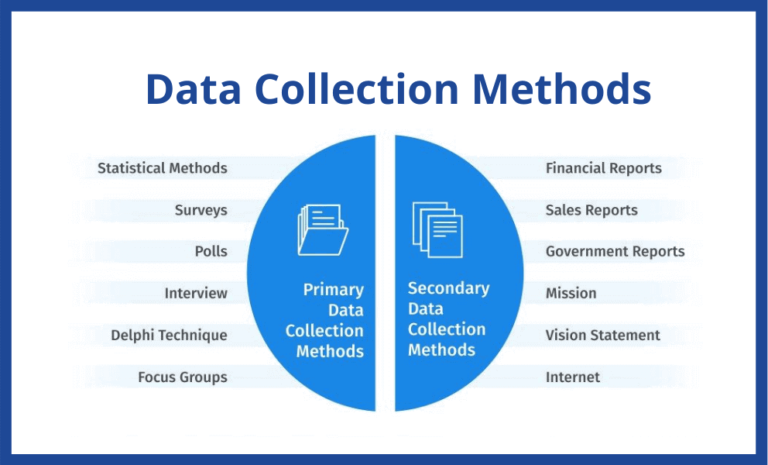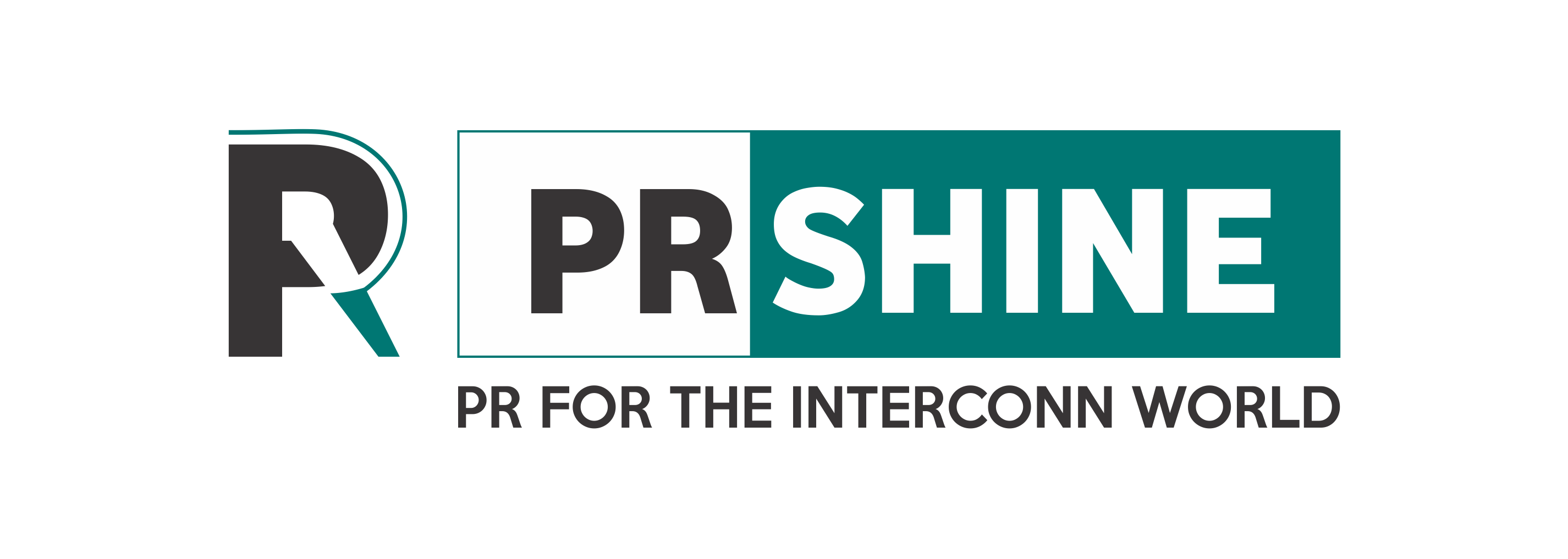Data Collection Methods and Tools
Primary data is collected from personal observation (raw data). The researchers collected this information for a specific purpose. Quantitative and qualitative methods are used to collect primary data.

Data collection is a systematic process of gathering and analyzing specific information in order to obtain solutions to relevant questions and evaluate the benefits. It focuses on teaching everything there is to understand about just a particular subject. Information is collected in preparation to be submitted to hypothesis testing, that is used to try and understand a phenomenon.
Information is collected by companies in order to make better decisions. Data is collected at various points in time from various audiences since it is difficult for businesses to make effective decisions without it.
For example, before launching a new product, an organization should gather information about product demand, customers’ needs, competitors, and so on. If information is not collected before, the newly launched product of the company may fail for a number of reasons, along with a lack of supply and an inability to meet customer needs.
Types Of Data Collection
Primary data is collected from personal observation (raw data). The researchers collected this information for a specific purpose. Quantitative and qualitative methods are used to collect primary data.
Feelings, emotions, as well as the researcher’s subjective perception all are part of the qualitative method. A questionnaire with closed – ended questions is being used in the quantitative method, and so are methods including such correlations, regression, mean, and mode. Focus groups, group discussions, and interviews just are a few examples.
Secondary data collection relates to a person’s gathering of information from a variety of sources. The information can take from books, journals, and/or online platforms.

Data Collection Methods:
Customers, users, workers, vendors, and sometimes even competition all are connected to individuals and companies today. Data can tell a story about any of these contacts, and businesses can use this knowledge to optimize almost any aspect of their business.
Although data can be important, too much information can be difficult, and incomplete information is useless. The perfect data collection method can make the difference between time-saving diversion and useful insight.
Here are the top six data collection methods:
- Interviews
- Observation
- Surveys and questionnaires
- Conducting focus groups
- Oral histories
- Records and documents
1. Interviews:
Interview as a technique of data collection is very popular and extensively used in every field of social research. In the some aspects, the interview approaches an oral questionnaire. The interviewee or topic offers the necessary information verbally in a face-to-face relationship instead of writing things down. However, the mechanics of interviewing involve much more than a verbal questionnaire.
Questions are more flexible than written inquiry form from that they allow for explanation, adjustment, and variation depending on the situation. Since we all know, observation methods are mostly limited to nonverbal actions.
2. Observation:
In descriptive psychology experiment, the observation method has played an important role. It is the most prominent and frequently used data collection method. The objective of questionnaire response analysis is to find out what people think and do depending on what they note down. What people are saying in conversation with the researcher reflects the responses in the interview.
Observation is a method of one or more individuals watching what is happening in a real-life situation and categorizing and capturing relevant events according to some predefined scheme. It is used to evaluate an individual’s behavior in a controlled or uncontrolled situation. It is a research method that focuses on the external behavior of people in appropriate situations.
3. Surveys and Questionnaire:
Survey questions are the most efficient and simple method of gathering information about large number of individuals spread across a wide area. This method entails delivering a questionnaire form to the people in question, including a request that individuals answer the questions and return the questionnaire.
4. Conducting focus groups:
A focus group is a data collection method that includes several people who have something in common. It includes interviewing, surveys, and observation. A focus group’s purpose is to give individual data collection a collective dimension.
Respondents in a focus group study can be asked to watch a presentation and then discuss the content before answering survey or survey questionnaires.
5. Oral histories
An oral history can appears to become an interviewing at first glance. Both methods of data collection involve asking questions. An oral history, from the other hand, is much more precisely defined as the recording, preservation, and interpretation of historical information based on the perspectives and personal experiences of those that were there during in the events.
Oral histories, unlike interviews and surveys, are tied to a single event. A researcher could be interested in evaluating the effects of a flood on a community, for example. An oral history can provide details on what happened. It’s an inter approach to evaluation that involves a variety of methods.
6. Documents and records
You can sometimes collect a significant quantity of information without answering someone a single question. Data gathered is often used in document and records-based research. This type of research could include attendance records, meeting notes, and financial records, to mention a few examples.
Because you’re using mostly work that’s already been completed, utilizing records and documents can be time-saving and cost-effective. Documents and records, but at the other hand, can be an incomplete data source so because research does have control over the results.
Importance Of Data Collection
There are a number of motives for collecting information, especially for a researcher. Here are some reasons to take you though them:
- Integrity of The Research
One of the most important reasons for collecting data, either quantitative or qualitative, is to guarantee that the validity of the research question is maintained.
- Errors would be less likely to occur.
The proper method of suitable data collection procedures reduces the risk of errors in the results.
- Decision Making
To reduce the risk of decision-making errors, it’s essential to collect accurate data so the researcher doesn’t make terrible mistakes.
- Cost and time savings
Data collection saves the researcher money and time that would otherwise be wasted if you didn’t have a better understanding of the issue.
- To support a need for a new perspective, change, or innovation.
It is essential to collect data as evidence supporting statements of the requirement for a change in the standard or the development of new data that will be widely accepted.












